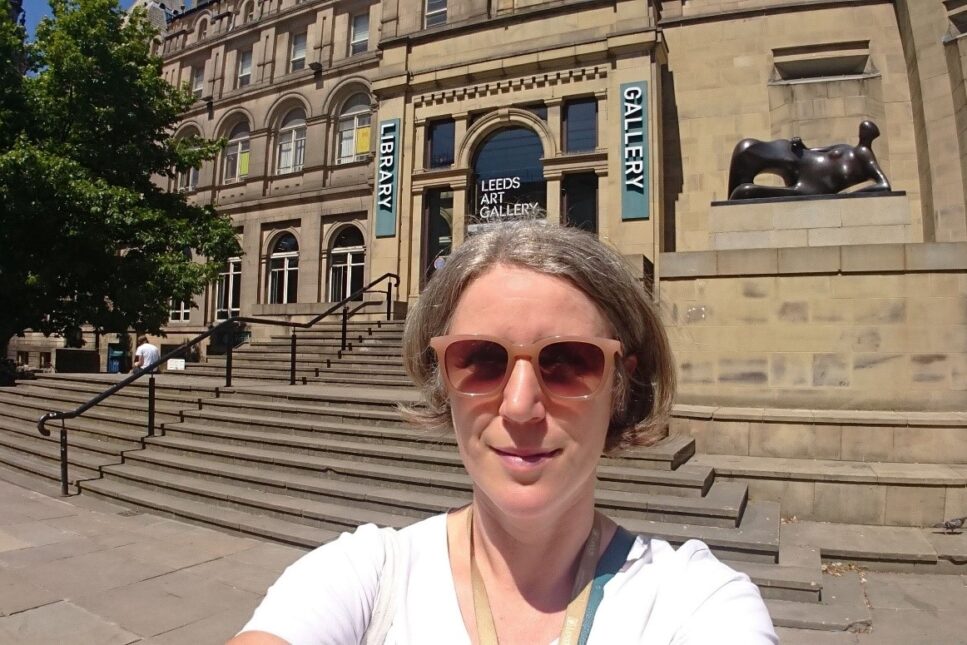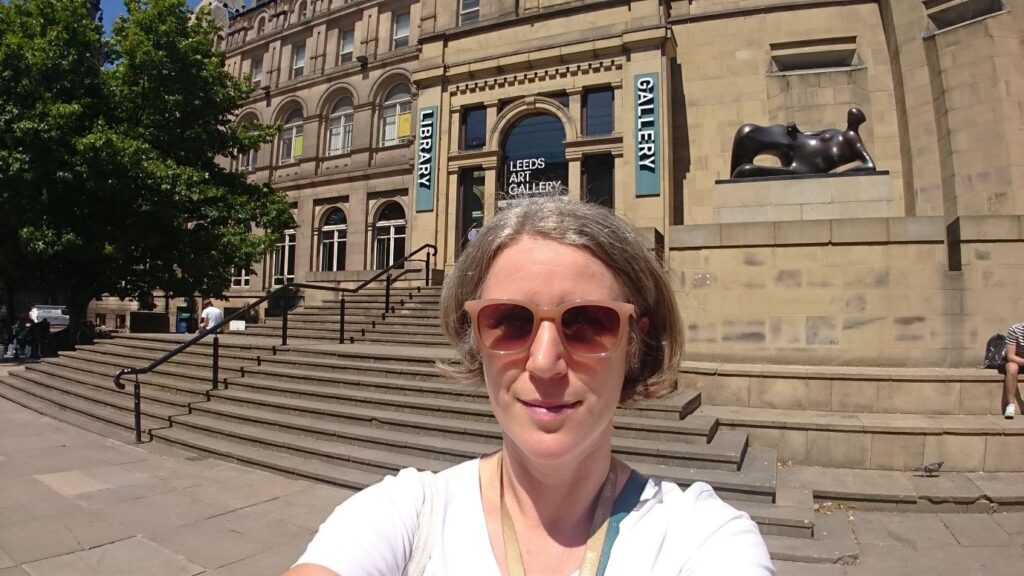

Christine Bradley, Registrar, Leeds Museums & Galleries
Thank you to UKRG for the bursary which has enabled me to attend this timely and informative event in beautiful Edinburgh– and, as always, thank you for organising good cakes! It was wonderful to be together with colleagues in person and visit some of the institutions in the city – to be inspired by both people and places.
I’ve been tasked to review the welcome speech and highlight some take-aways from the event which would be relevant for my place of work – Leeds Museums & Galleries.
‘Taking Stock’, as an event, felt extremely zeitgeist and pertinent. Jacqueline Ridge (Director of Conservation and Collections Management at NGS) raised this point eloquently. Looking at the management of our collections in a holistic way is crucial given the external context in which we are all operating right now: budgets that are tighter than ever, a frighteningly real climate crisis and the need for diversity and inclusion to be raised to the top of the agenda. We are all basically needing (and wanting) to do more but with less resources. Not an easy task.
I was particularly struck by Jacqueline’s closing comments that the items in our collections are our cultural heritage, and making this accessible is more important than ever. It’s all about making collections truly available.
Leeds Museums & Galleries is the largest Council-run museum service in the UK – it cares for 9 sites across the city. These sites include an industrial museum, Cistercian monastery, Water-mill, fine art gallery, city museum, off-site storage centre and a couple of stately homes! So, our collections are equally as disparate – natural sciences to archaeology, decorative art to industrial history. Therefore, it wasn’t difficult to find relevance in all the great talks given at ‘Taking Stock’ but I have picked a couple of simple points which I would like Leeds to take on board:
- The Hunterian case study stressed the importance of tracking all use of collections, eg. if an object is used for an engagement activity or research. At Leeds we don’t track the use of our collections in this way on our collections management database, tending to solely focus on exhibitions and loans out. I can see how recording full use of the collections would be a really useful tool, helping to justify the storage of collections and how they can be actively used even if they are not on display. This record of use could be reported to funders and potentially lead to more funding.
- I was inspired by the pilot collections review project at NGS looking at long-term loans in. NGS wanted to increase the accountability surrounding long term loans – do these loans actually meet their collecting criteria? Certainly at Leeds there are many long-term loans that are not on display or ‘used’ for research etc. and it is definitely a case of it being easier to renew these loans than arrange for their return. Taking on board some of the NGS case study would turn this scenario on its head and make any long-term loan renewal a decision involving time and consideration.

 Instagram
Instagram  LinkedIn
LinkedIn  Twitter
Twitter  My Account
My Account